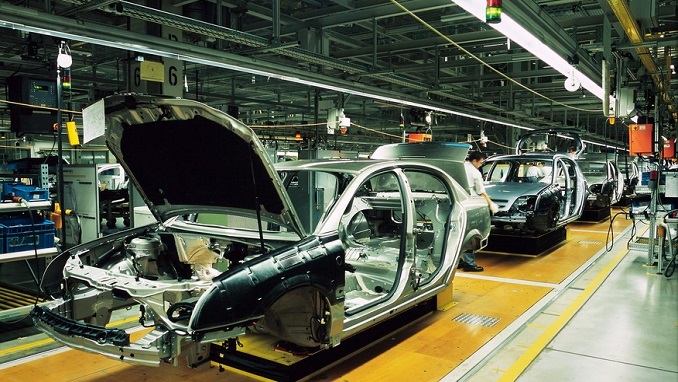Russia’s manufacturing sector slowed again in August, according to the IHS Markit Russia Manufacturing Purchasing Index (PMI). The sector’s index dropped to 49.1 in August, down from 49.3 a month earlier, with figures below 50 representing a contraction.
The August data continued to signal a deterioration in operating conditions across the Russian manufacturing sector, IHS Markit said in a press release. The overall decline was driven by the fastest contraction in new orders for over four years and partly stemmed from a sharper fall in new orders from abroad, the strongest since September 2016.
Nevertheless, the contraction was relatively mild in absolute terms and manufacturers remain optimistic about the outlook for the rest of the year. The level of optimism was the highest for four months and strong overall. Positive sentiment reportedly stemmed from new product launches and planned investment in new technology, IHS Markit said.
“The level of optimism was the highest for four months and strong overall. Positive sentiment reportedly stemmed from new product launches and planned investment in new technology,” the report said.
The PMI result tallies with Rosstat’s business consumer index, which has dramatically improved this year, posting a result of -1 for the last three months, but slipped to -2 in August. Still, business is much more optimistic following several years of pessimism during the silent crisis years of 2014-2016 when the business confidence index fell to a low of -8 as recently as December 2018.
After falling to a post-Soviet record low of 2.3% last year, consumer price inflation (CPI) rose to top 5% at the start of this year, but has fallen back as the summer wore on. Inflation is currently 4.7% and analysts are expecting it to fall to 3.8-4% by the end of this year. The producer price index of inflation (PPI) is also in retreat and fell to 1.1% in July.
Manufacturers attributed the rise in cost burdens to currency weakness which drove up the price of imported raw materials. Subsequently, firms partly passed on higher input prices to clients through greater charges.












